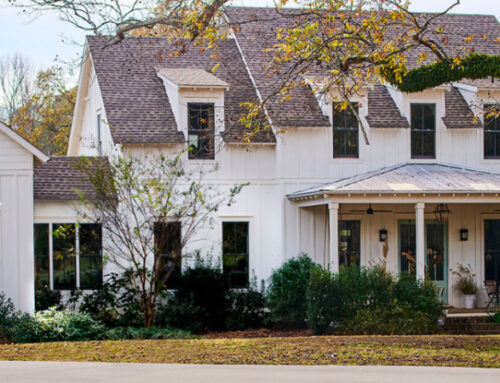Installing a pet door in your home can remove a little hassle from your daily life by allowing your pet to come and go freely. So how do you choose the right pet door for your home? Here are a few steps that will guide you through the process:
Step 1: Decide on a Budget
Like any other purchase, there are going to be varying costs associated with a pet door. Are you going to hire a pro or install the door yourself? If you’re handy around the house, you can probably handle cutting the opening in a door. It’s always a good idea to call a pro to handle in-wall installations — even if you have the experience. Accidentally cutting wires, pipes or important structural features can severely damage your home.
Keep in mind that pet doors are going to range in price from as low as $30 for the traditional flap and smaller plastic door models, to upwards of $600 for larger doors and electronic/magnetic models.
Step 2: Choose a Location
Many homeowners install their pet doors on a patio or mudroom door. There are also in-wall pet doors that are perfect for homeowners with unusual door locations.
Step 3: Pick a Type of Door
Pet doors range from traditional flaps to magnetic or electronic doors. Here’s a brief rundown of your options:
- Flaps: There are no frills with this option. The flap is made of screen mesh and does not close tightly against the door or side of your home. Your pet uses the door by simply walking through it.
- Plastic Doors: These models work like a flap, pushing open from either side as your pet comes and goes. The major difference with this model is the rigid design and the ability to lock these in place overnight to prevent other critters from coming in.
- Magnetic/Electronic Doors: This option requires an electronic dog collar in order to work. As your dog approaches, the door will unlock or even open automatically.
Step 4: Measure Your Pet
To find the right door size, measure your dog’s width around the chest and its height from the top of the shoulders to the bottom of the chest or belly. With this figure in mind, add one to two inches to each measurement to find the proper door size. Keep in mind that the size of door you purchase can have an impact on its placement. If you have a large dog, there may not be a pet door big enough for certain types of storm doors or single-door patio doors.
Step 5: Don’t Just Focus on Your Pet
There are additional pitfalls that come from the convenience of installing a pet door in your home. Dog doors make it difficult to control the movement of your dog, which is a bad thing if your pet is sick or dirty. Additionally, a dog door could give unwanted animals access to your home. Larger dog doors can also cause problems for your home’s energy efficiency.
Looking to buy or sell in the Nevada County area? Give a Coldwell Banker agent a call today!





